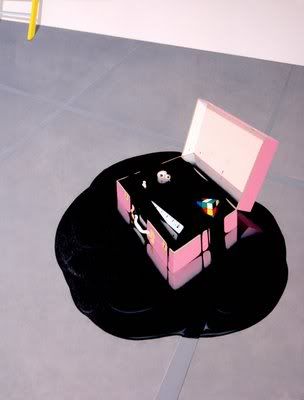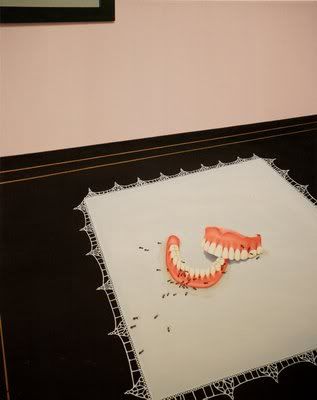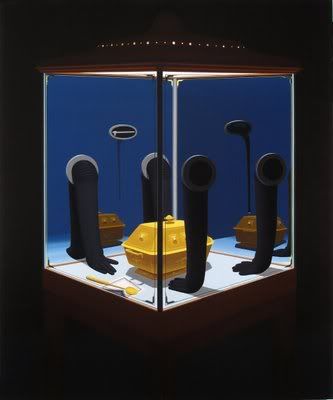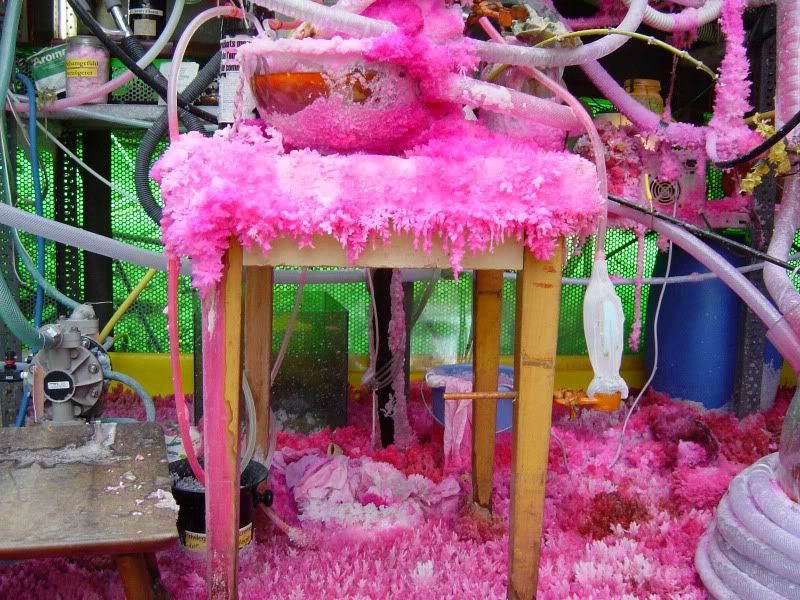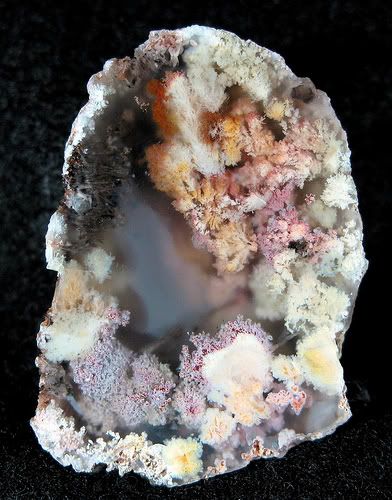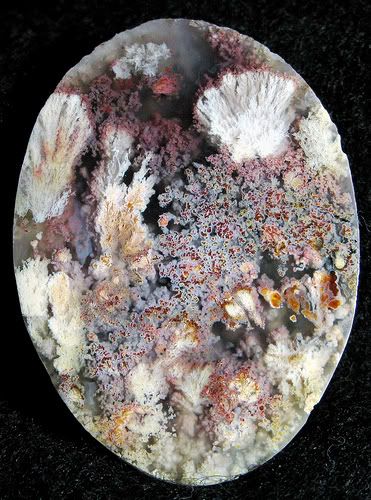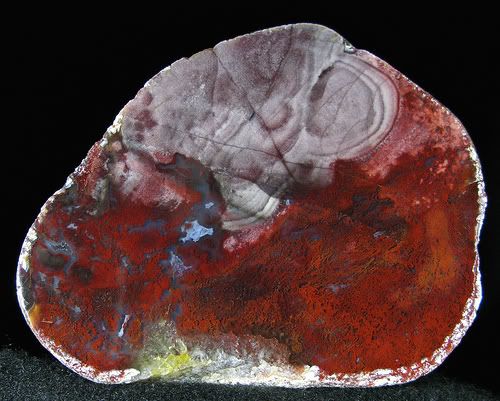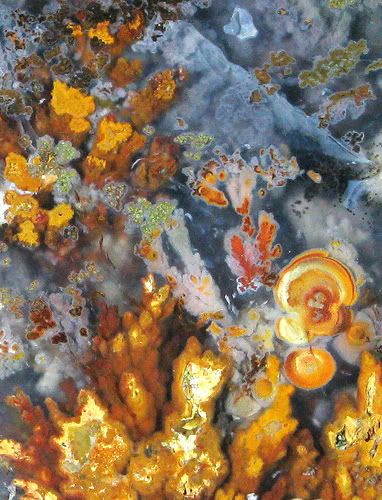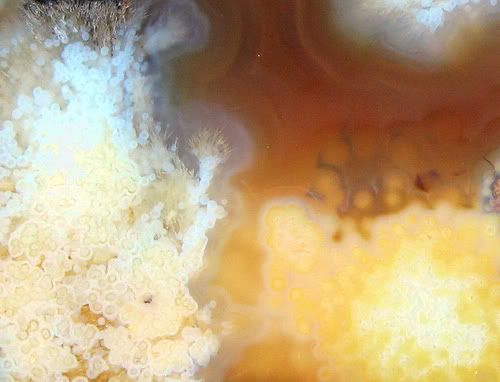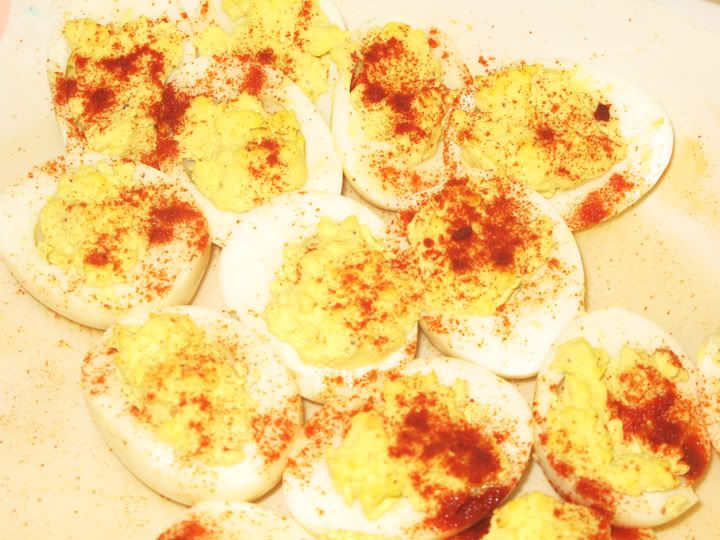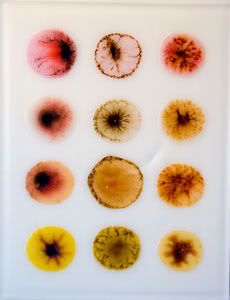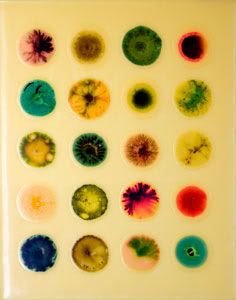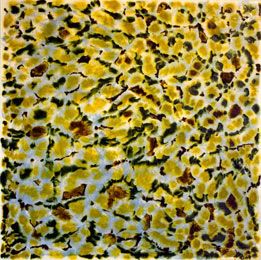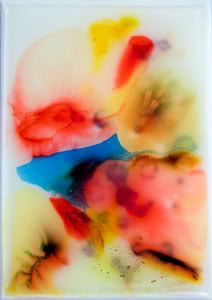I think I want to create a weekly section on this blog where I find a new way to have fun for free. It sounds cheesy, but as my funds are depleting this is what I find myself resorting to.
In this vein I bring you the surrealist game
Time Travelers Potlach.
"In Time-Travelers' Potlatch, each player indicates the gift that she/he would present to various historical, mythical, or fictional figures on the occasion of their meeting. The game introduces the object into an imaginary relationship that otherwise tends to be defined too superficially by an arbitrary and abstract subjectivity. The object?the gift?functions symbolically between the giver (the player, who lives in the present) and the receiver (who dwells in the past, or on another plane of existence). Altering the relationship between the two, the imagined gift constitutes a third term: a catalyst of the future in the form of a crystallization of desire. Thus the game opens a new approach, from an unanticipated angle, to all the old and unresolved problems of projection, identification, idealization, fixation, obsession, etc. "There are some really fun examples of the game
here.
